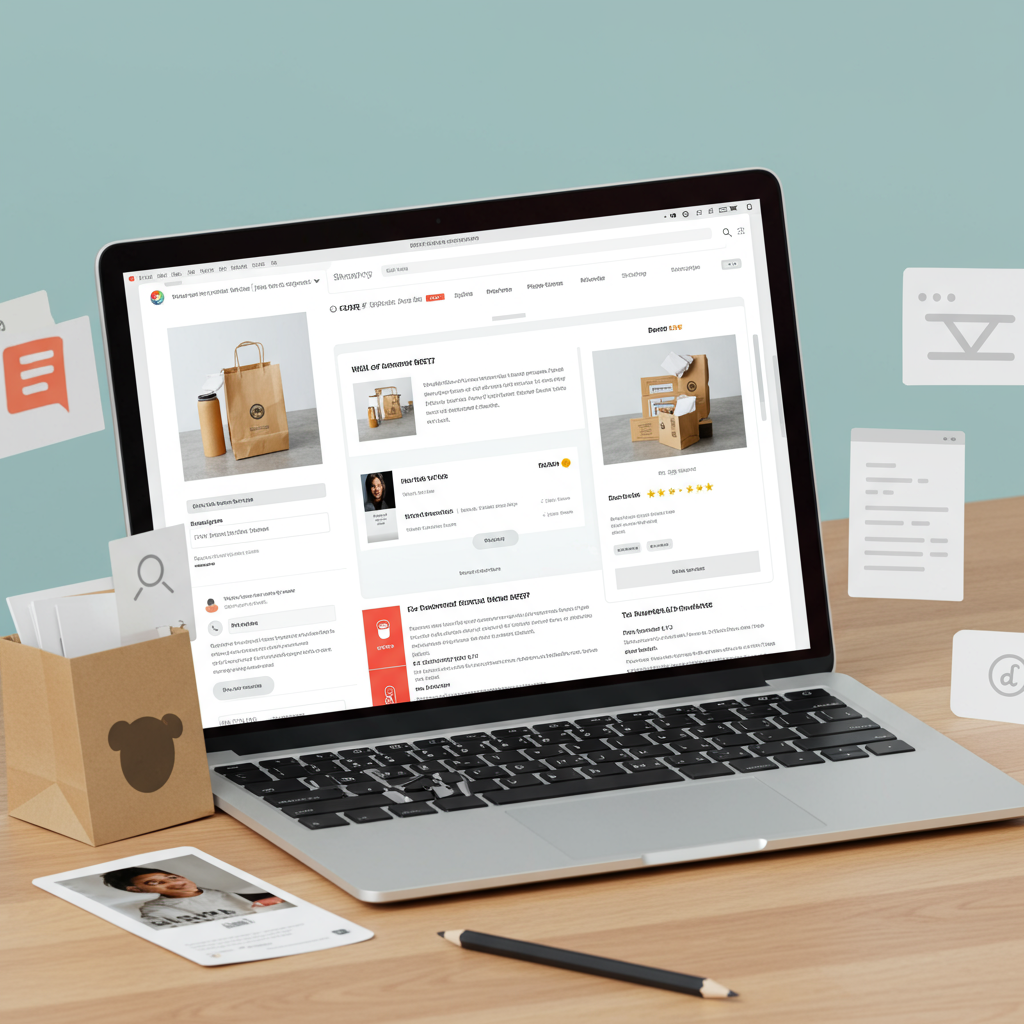Unlock the full potential of your online store by transforming your product pages into powerful sales engines.
As a merchant, I know the Shopify platform offers incredible power, but simply listing products isn’t enough to guarantee sales. To truly thrive, we need to optimize our product listings.
Think of your product page as your digital storefront. It’s where potential customers make their buying decisions, and every element plays a crucial role in converting a browser into a buyer.
Today, I want to share with you my comprehensive guide to Shopify product listing optimization best practices, designed to help you stand out in a crowded marketplace.
First and foremost, let’s talk about **High-Quality Product Images**. This is non-negotiable. Your images are often the first thing a customer sees and can make or break their interest.
I always recommend using multiple high-resolution images from various angles. Show the product in use, provide close-ups of details, and include lifestyle shots that help customers visualize themselves with the product.
Consistency in lighting, background, and overall style across all your product images creates a professional and trustworthy brand image. Don’t forget to optimize image file sizes for fast loading without sacrificing quality.
Next up is your **Product Title**. This isn’t just a label; it’s a powerful SEO tool and a key piece of information for your customers.
I advise crafting titles that are clear, concise, and keyword-rich. Include your brand name, the product name, and key attributes like color, size, or material if relevant.
For example, instead of “Blue Shirt,” try “XYZ Brand Men’s Classic Fit Cotton Blue Shirt.” This provides more information and helps with search engine visibility.
Moving on to **Compelling Product Descriptions**. This is where you tell your product’s story and highlight its benefits, not just its features.
I always focus on answering the customer’s unspoken questions: “What problem does this solve for me?” or “How will this improve my life?” Use engaging language and a conversational tone.
Break up long paragraphs with bullet points for readability, especially for features and specifications. Include unique selling propositions (USPs) that differentiate your product from competitors.
Don’t shy away from incorporating a touch of storytelling. How was the product made? What inspired it? This builds an emotional connection with your audience.
**Search Engine Optimization (SEO)** is vital. Beyond titles, think about your product description, meta descriptions, and image alt text.
I conduct thorough keyword research to understand what terms my target audience uses when searching for products like mine. Then, I naturally weave these keywords into my content.
Remember to fill out the “Search engine listing preview” section in Shopify for each product. This controls how your product appears in search results, so make it enticing!
For products with variations (size, color, material), ensure your **Product Variants** are clearly defined and easy to select.
I make sure each variant has its own image if possible, and that inventory levels are accurately reflected to prevent overselling.
**Pricing Strategy** is another critical component. While competitive pricing is important, I also consider the perceived value of my product.
Clearly display your price, and if you’re offering discounts, show the original price alongside the sale price to highlight the savings.
**Customer Reviews and Social Proof** are incredibly powerful. I actively encourage customers to leave reviews after purchase.
Displaying star ratings and testimonials prominently builds trust and validates your product’s quality in the eyes of new visitors.
A clear and prominent **Call to Action (CTA)** is essential. “Add to Cart,” “Buy Now,” or “Learn More” should be easy to find and understand.
I ensure my CTA buttons stand out visually and are strategically placed above the fold on the product page.
With so many people shopping on their phones, **Mobile Responsiveness** is no longer optional. I always check how my product pages look and function on various devices.
Every image, text block, and button should be easily viewable and clickable on a small screen.
**Shipping and Return Policies** must be transparent and easily accessible from the product page. I link directly to these policies or provide a concise summary.
Clear information about shipping costs, delivery times, and your return process builds confidence and reduces cart abandonment.
Consider **Cross-selling and Upselling** opportunities. I use Shopify’s built-in features or apps to suggest complementary products or higher-value alternatives.
This not only increases average order value but also enhances the customer’s shopping experience by helping them find everything they need.
Finally, I believe in **Continuous Optimization through A/B Testing and Analytics**. Don’t just set it and forget it.
I regularly review my Shopify analytics to see which products are performing well and which need improvement. I test different images, titles, descriptions, and CTAs to see what resonates best with my audience.
What do you think about these strategies? Have you found success with any particular optimization techniques on your Shopify store? I’d love to hear your thoughts.
By consistently applying these best practices, you’ll not only improve your search engine rankings but, more importantly, create a more engaging and persuasive shopping experience for your customers, ultimately leading to more sales.






